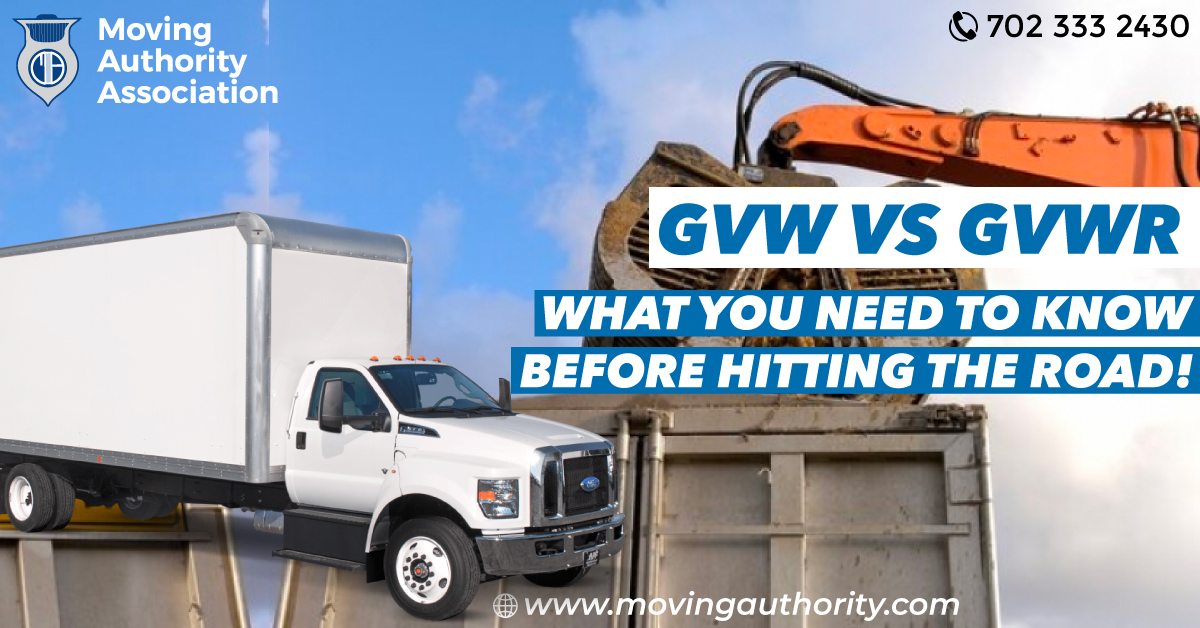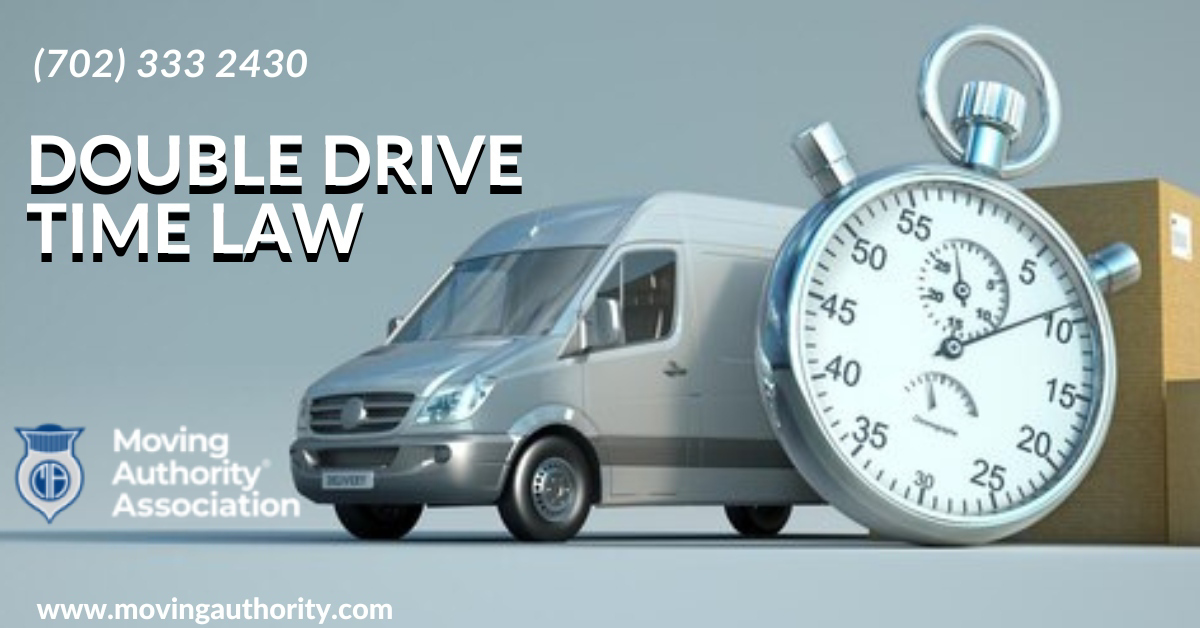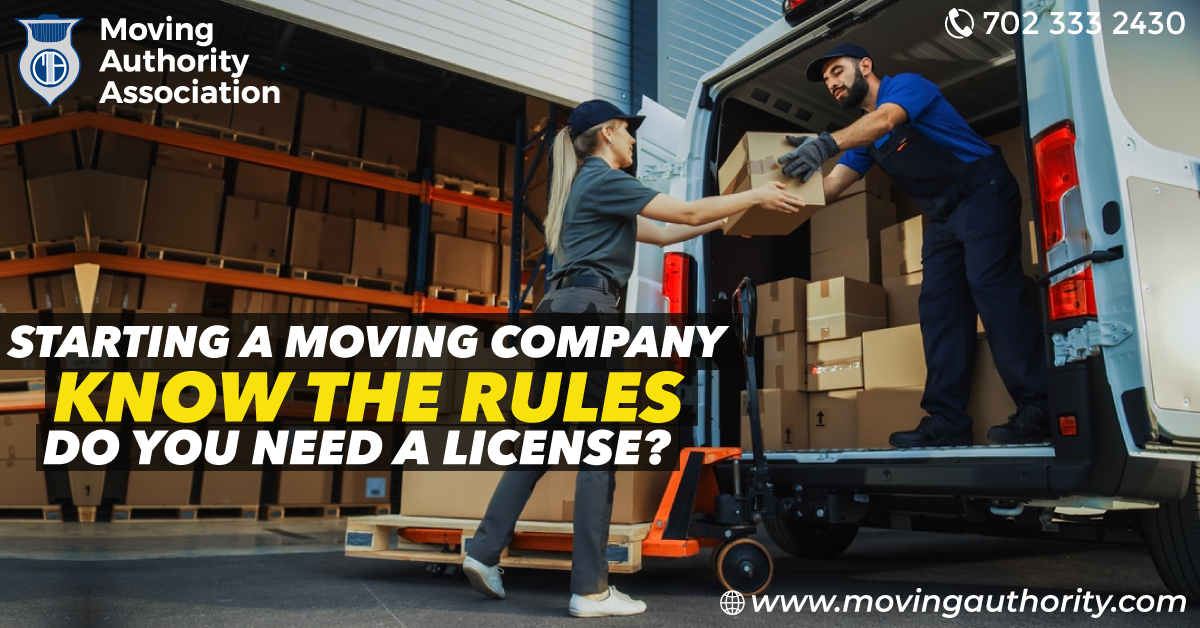
GVW vs GVWR, What You Need to Know Before Hitting the Road!
Are you planning a road trip or using a vehicle for work? Learn more about Starting a Trucking Company. Understanding the difference between GVW and GVWR is crucial before hitting the road.
GVW refers to the vehicle's total weight, including passengers, cargo, and attachments, while GVWR is the maximum weight limit the manufacturer recommends for the vehicle.
In this article, we've explained the differences between GVW and GVWR and provided tips to stay within their limits, ensuring safety and avoiding fines. By understanding these terms, you'll have a better driving experience. So, fasten your seatbelt, and let's hit the road!
Understanding GVW
GVW, or Gross Vehicle Weight, is the total weight of your vehicle, including everything inside it, such as passengers, cargo, fuel, and any attachments like a trailer or bike rack. Do you Want to know the BOC-3 Filing? It is the weight of everything riding on your vehicle's wheels.
For example, you are driving an SUV with a GVW of 5,000 pounds, carrying three passengers weighing 450 pounds, and your luggage weighing 200 pounds. Your total GVW would be 5,650 pounds (5,000 + 450 + 200).
Exceeding the GVW limit can have serious consequences. It can damage your vehicle's suspension, brakes, and tires and make it difficult to handle, especially when driving at high speeds or in adverse weather conditions.
Additionally, driving a vehicle that exceeds its GVW limit can lead to fines, as it violates road safety regulations.
What is GVWR?
Gross Vehicle Weight Rating is the maximum weight limit the manufacturer recommends for your vehicle. This weight limit includes the vehicle's Weight plus the Weight of any passengers, cargo, and attachments.
For example, you have a pickup truck with a GVWR of 10,000 pounds. GVW vs. GVWR: What You Need to Know Before Hitting the Road! That means the maximum weight of everything riding on your vehicle's wheels, including passengers, cargo, and any attachments, should be at most 10,000 pounds.
Exceeding your vehicle's GVWR can lead to problems such as poor handling, increased stopping distance, and damage to your vehicle's suspension and brakes. It can also lead to fines, as it violates road safety regulations.
Adding the GAWRs(gross axle weight ratings) for all axles determines a truck's GVWR. However, this is no longer an accurate method of calculation.
Establishing a vehicle's GVWR has become more difficult due to safety system standards and how vehicles meet these requirements. Learn more about Biennial Update. The safety standards, including braking, vehicle stability, and chassis manufacturer internal standards for durability, dynamic stability, and handling, restrict GVWR even though the sum of the axle ratings exceeds the limit.
For instance, a truck with a GVWR of 19,500 pounds may have a front axle rated at 7,500 pounds and a rear axle rated at 14,700 pounds. In such a case, the OEM set the GVWR at 19,500 pounds based on test results and dynamic vehicle performance to ensure a safe, reliable truck.
To ensure your safety and avoid fines, keep track of your vehicle's GVWR and make sure you're within it. Starting a Moving Company? Know the Rules. One way is to regularly weigh your vehicle and its contents and adjust your load accordingly. Remember, safety always comes first!
Your Truck's GVWR and your CDL
A critical factor for a driver's qualification is having a Commercial Driver's License (CDL).
However, some fleets may want to enable non-CDL drivers to operate their vehicles so that they may specify their chassis accordingly. Read more about the Broker Freight Package. The federal CDL requirements clarify the difference between non-CDL and CDL trucks, with GVWR playing a significant role.
CDL licensing requirements may vary by state, but all states must comply with federal requirements. Do you want to know Dot Authority? According to federal regulations, if a Commercial Motor Vehicle (CMV) has a GVWR of 26,000 pounds or less, the operator doesn't require a CDL.
However, it's important to note that this doesn't mean a non-CDL driver can operate a truck with a GVW loaded above the 26,000-pound limit. Double Brokering Freight. The federal regulations state that the GVW must also be 26,000 pounds or less.
It can get even more complicated when the vehicle tows a trailer, making CDL requirements more confusing.
Five Tips for Staying Within GVW and GVWR Limits
- To ensure you don't overload your vehicle, knowing its GVW and GVWR limits is crucial before hitting the road. You can find this information in your vehicle's manual or by contacting the manufacturer. Planning your trip will be easier once you know these limits.
- Weigh Your Vehicle Regularly: To ensure you're within your vehicle's weight limits, it's a good idea to weigh your vehicle and its contents regularly. Intrastate Moving Companies California. You can do this at a truck stop, weigh station, or portable scale. This will help you make any necessary adjustments to your load.
- To maintain proper balance and stability while driving, distribute weight evenly when loading your vehicle. Avoid putting too much weight on one side of the vehicle or in the front or back.
- If you're towing a trailer, it's essential to consider its weight. Make sure that the combined weight of your vehicle and trailer doesn't exceed the GVWR limit. Do you want to know Broker Mover Package information? Also, distribute the trailer's weight evenly to maintain balance and stability while driving.
- Be Mindful of Passengers and Cargo: Finally, be mindful of the weight of your passengers and cargo. DOT Number Deactivation. Avoid overloading your vehicle with too many people or too much luggage. Demo Post 2023. Learn more about. Remember, everything riding on your vehicle's wheels contributes to the overall weight, so ensure you're not exceeding the GVW limit.
By following these tips, you can stay within your vehicle's weight limits and keep yourself and others safe. Always prioritize safety over convenience and plan to avoid overloading your vehicle.
GVWR and your Trailor
Did you know that a vehicle's GVWR doesn't include the weight of any trailer?
That's right; the GVWR only considers the maximum weight of the vehicle, its occupants, and its cargo.
But wait, there's more! If you're towing a trailer, the weight of the trailer's tongue also counts against your vehicle's GVWR.
So, it's important to remember this when loading up your vehicle and deciding how much weight you can safely tow.
Understanding GVWR will help when you are towing!
You may wonder whether you can tow more than your truck's tow rating. Well, the short answer is no. But let me break down why.
When you subtract your vehicle's gross vehicle weight rating (GVWR) from its gross combined weight rating (GCWR), you might find that the resulting number is higher than the manufacturer's advertised maximum tow rating.
However, it would be best to always go with the lower number of the two when determining your maximum trailer weight.
Let me give you an example using a 2021 GMC Yukon. Do you want to know the CA Number? This vehicle has a curb weight of 6,030 pounds, a GVWR of 7,500 pounds, a payload rating of 1,470 pounds, a GCWR of 14,500 pounds, and a maximum tow rating of 8,200 pounds.
Now, if we do some math, we can see that the GVWR minus the curb weight equals the same as the Yukon's maximum payload rating of 1,470 pounds. Regarding towing, if we subtract the curb weight from the GCWR, we get 8,470 pounds.
After removing the driver weight necessary for SAE J2807 certification, we arrived at the Yukon's maximum tow rating of 8,200 pounds.
However, it's important to note that subtracting the Yukon's GVWR from its GCWR yields a lower number of just 7,000 pounds. Know what is a Carrier Agreement. If you're running at maximum GCWR, you'll need to lighten your trailer weight to 7,000 pounds while maxing out payload or tow heavy with no payload. dome -post-two. And if you have seven occupants, you might already be close to maxing out your payload rating.
So, as you can see, paying attention to your vehicle's GVWR and GCWR when determining your maximum tow rating is crucial. Always go with the lower number, and never exceed your vehicle's tow rating for safety reasons.
Know your facts: Travel safe
Understanding the differences between GVW and GVWR is crucial before hitting the road with your vehicle or trailer.
Knowing the maximum weight capacity of your vehicle is vital for both safety and legal reasons, and staying within those limits can prevent accidents, costly fines, and vehicle damage.
It's crucial to remember not only the weight of your cargo but also the weight of your vehicle, passengers, and any towing equipment. Read more about the Claims Package. By following these guidelines, you can ensure that you stay within the limits of your GVW and GVWR, making for a safe and stress-free journey.




